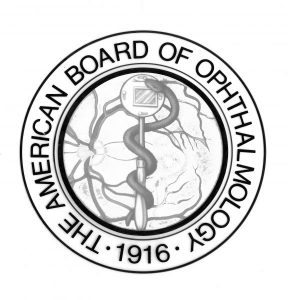Alternative Treatments to Glaucoma Surgery in New Smyrna
Does exercise really work on patients with glaucoma?
As the science is continuing to unfold, many questions still remain. But a combination of evidence-based recommendations and common sense can go a long way when talking with glaucoma patients about exercise.
Aerobic Exercise: Definitely
Without a doubt, aerobic exercise helps with overall good health. As for glaucoma, Robert Ritch, MD, at New York Eye and Ear Infirmary of Mount Sinai in New York City, tells his patients, “It’s simple. If it’s a good for your heart, its good for glaucoma. If it’s good for you brain, it’s good for glaucoma.”
Dr. Ritch advises 45 minutes of aerobic exercise three to four times a week. The research supports this guidance:
- In one study, aerobic (such as walking, swimming, biking, or working out on stationary machines) at a brisk level for 30 to 45 minutes three to four times a week lowered intraocular pressure (IOP) and improved blood flow to the brain and the eye.
- In a recent study, all measures of physical activity-average steps per day, minutes of basic (nonsedentary) movement and greater time spent doing moderate-to-vigorous physical activity were associated with slower rates of visual field (VF) loss in a treated group of glaucoma patients.
- Results of studies showed that exercise in sedentary people had a greater intraocular pressure (IOP) lowering effect than it did in people who are already active. “I think it’s important that doctors discuss the importance of exercise and how it can benefit your eyes,” said Orest Krajnyk, MD, at the Precision Eye Institute.
Strength Training: Maybe
Very few studies have been done on weight training’s effect on glaucoma. Moreover, the results have been mixed:
- In a study several years ago, the effects of bench pressing showed increases intraocular pressure (IOP).
- In another study of 30 healthy individuals, the opposite occurred when the test subjects did chest and leg presses as the IOP decreased.
Advice to patients when Strength Training:
- Refrain from lifting heavy weight and keep to lifting 10,20, or 30 pound weights.
- Don’t forget to exhale during the movemnents especially during periods of maximum exertion.
Yoga: It Depends
There’s no clear evidence to suggest that certain yoga poses–especially if they are held for short periods–are detrimental to people’s glaucoma, but there is reason for caution. Some studies show headstand, shoulderstands, and downward-facing dog positions are not a good idea for patients with glaucoma, especially if you’re going to do them for 20 minutes or more a day.
For glaucoma patients, the safest way to practice yoga is to avoid inversions altogether. For the “diehard” yoga patient with mild glaucoma a talk with their ophthalmologist and yoga teacher may be able to design a modified practice that diminishes the potential effects of IOP.
SUMMARY
The bottom line here is that done properly and in moderation, exercise can be a great alternative to glaucoma surgery in New Smyrna Beach. For more information on glaucoma surgery in New Smyrna Beach and surrounding area, contact the Precision Eye Institute to schedule an appointment.











